Although the Netherlands is a small country, we have such an eclectic mix of architectural styles represented here. You can probably find every big architectural style or movement right here in the NL. But there are also some lesser known styles to be found. One of them is the 'Um 1800 Bewegung'. A great example of this style is The Temple in the neighbourhood Zeeheldenkwartier (=Naval Heroes Quarter) in the Hague.
This building by architect F.A. Bodde started off as headquarters of the 'Haagsche Commissie Bank' in 1915. It really does look like a bank building, doesn't it? Sort of stately and you can tell they had a lot of money to spend, with all that stone cladding on the façade (and marble on the inside!). And that's exactly one of the things Um 1800 is known for - on the outside Um 1800 buildings are stately buildings that sometimes come across as *massive*. I don't think this building is really massive though, but when you have a building like this in let's say a city center next to other buildings, then yes, it would be massive.
When the bank left the building, it turned into some sort of women's insane asylum/home for elderly demented women. In the 90s, some famous guru opened a club here, called The Temple. In 2005 the club closed, and eventually the city got a hold of the building. The name stuck though. They renovated the building and the Temple became the first building on the Dutch heritage list with energy label A.
Today the building is used by the archeology department of the city.
When the bank left the building, it turned into some sort of women's insane asylum/home for elderly demented women. In the 90s, some famous guru opened a club here, called The Temple. In 2005 the club closed, and eventually the city got a hold of the building. The name stuck though. They renovated the building and the Temple became the first building on the Dutch heritage list with energy label A.
Today the building is used by the archeology department of the city.
F.A. Bodde is a rather unknown architect from the Hague. He predominantly designed houses I think, but I'm not sure of his style of preference. I've seen some houses in Traditionalist School and Eclecticism, and there's this mansion in Wassenaar in English country house style and well, of course there are some Um 1800 Bewegung buildings.
Um 1800 Bewegung means Circa/Around 1800 Movement in German and in architectural sense isn't so far from Traditionalist School. Both were fairly conservative, and both used brick work and dimension stone. The Um 1800 Bewegung only shows a lot more affinity with Louis XIV and Jugendstil, ornaments and decoration, while Traditionalist School has of course none of that. On the outside, Um 1800 buildings are usually as tidy and 'clean' as Traditionalist buildings, but there are a few Jugendstil ornaments here and there, like just above the entrance door of The Temple.
My guess is Bodde just liked no nonsense on the outside, and liked Jugendstil decorations on the inside. I mean, the abovementioned mansion in Wassenaar is in English country house style but also has some stained glass windows.
Anyway, back to the Um 1800 Bewegung. I don't know much more about it, only that nazi (yikes) architect Paul Eduard Schultze was an originator of the movement, and that it was modeled after the German movement 'Goethezeit'. Goethezeit (=Goethe time) was inspired by poet Goethe and is known for its romantic characteristics.
Um 1800 Bewegung means Circa/Around 1800 Movement in German and in architectural sense isn't so far from Traditionalist School. Both were fairly conservative, and both used brick work and dimension stone. The Um 1800 Bewegung only shows a lot more affinity with Louis XIV and Jugendstil, ornaments and decoration, while Traditionalist School has of course none of that. On the outside, Um 1800 buildings are usually as tidy and 'clean' as Traditionalist buildings, but there are a few Jugendstil ornaments here and there, like just above the entrance door of The Temple.
My guess is Bodde just liked no nonsense on the outside, and liked Jugendstil decorations on the inside. I mean, the abovementioned mansion in Wassenaar is in English country house style but also has some stained glass windows.
Anyway, back to the Um 1800 Bewegung. I don't know much more about it, only that nazi (yikes) architect Paul Eduard Schultze was an originator of the movement, and that it was modeled after the German movement 'Goethezeit'. Goethezeit (=Goethe time) was inspired by poet Goethe and is known for its romantic characteristics.
The most impressive part of the building is without a doubt this Jugendstil skylight in the stairwell. I think it's just gorgeous. It's huge and absolutely fitting for a bank building.
I love how they used to incorporate heating elements into the design too. Too bad the newer white heating element doesn't really match though, hehe. Oh, and just look at the floor for a sec. So many different kinds of flooring materials! This building just oozes 'bank' and 'money'.
The old vault is now used as a storage room for archeological finds.
Ahh, all that lovely Jugendstil swirling..
Oh, and I adore these little references to the Hague - the stork has been a symbol of the Hague since forever (well okay, since 1300).
Jugendstil is one of my favourite architectural styles, so I can really appreciate this Um 1800 Bewegung building. I think Bodde did a beautiful job, it's a shame I can't find more about him or his life. Do you know more about him? Or about the Um 1800 Bewegung? Let me know!
Address: Van Kinsbergenstraat 85f, The Hague
Open to visitors: Not that I know of. They usually are open on the national heritage days though!
How to get there: Take tram 17 from Central Station to Statenkwartier and get off at Van Speijkstraat. From here it's a 2 minute walk.
Website: (in Dutch) http://www.denhaag.nl/home/bewoners/kunst-en-cultuur/archeologie.htm?utm_source=alias&utm_medium=offline&utm_campaign=archeologie
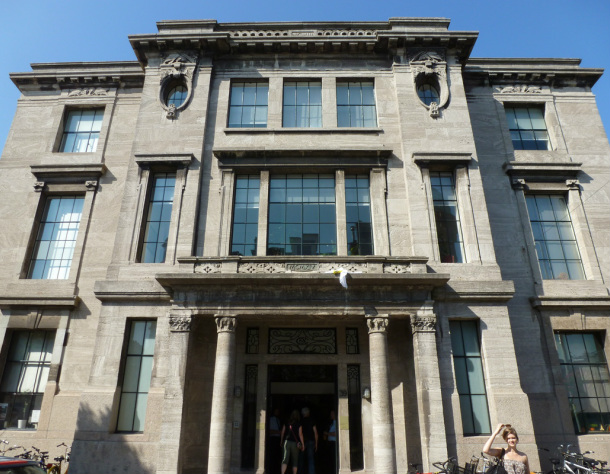
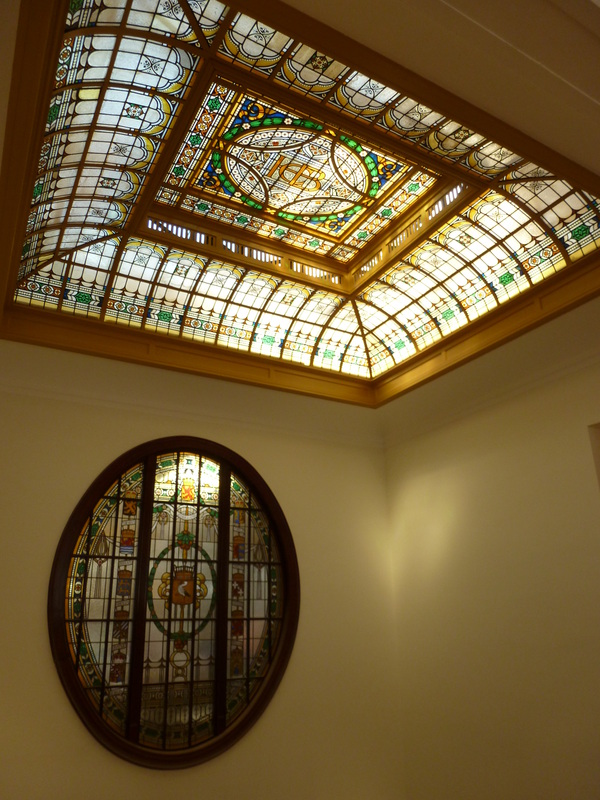
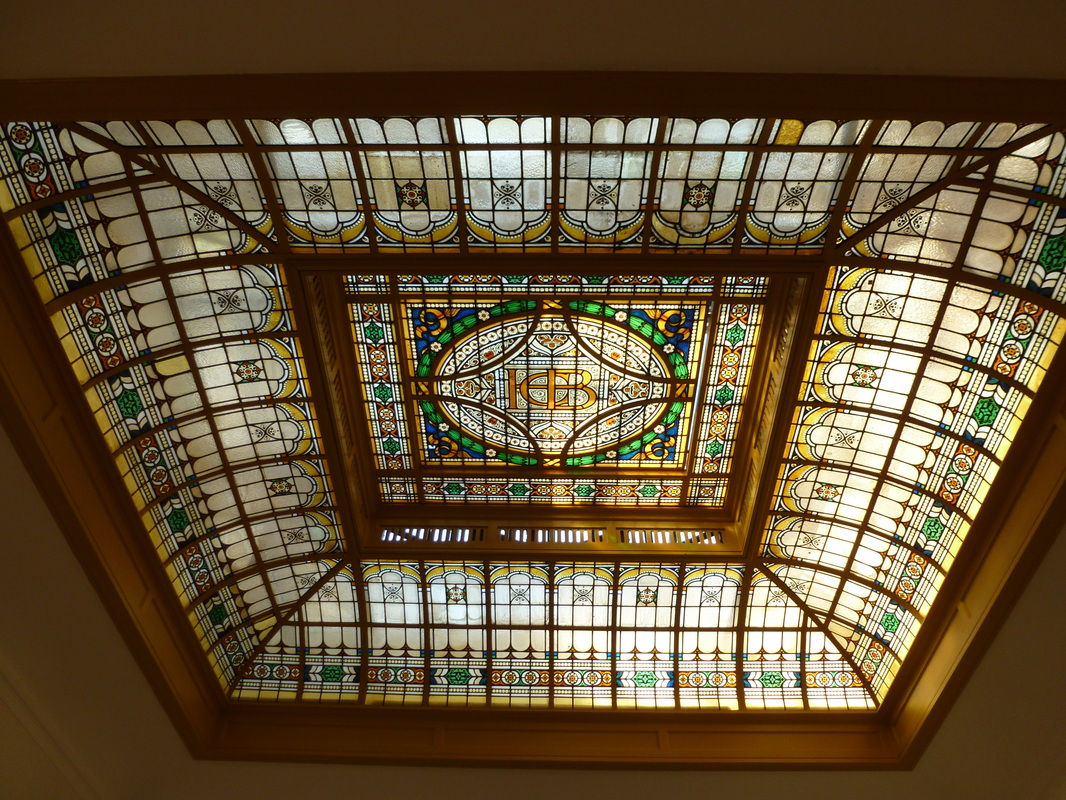
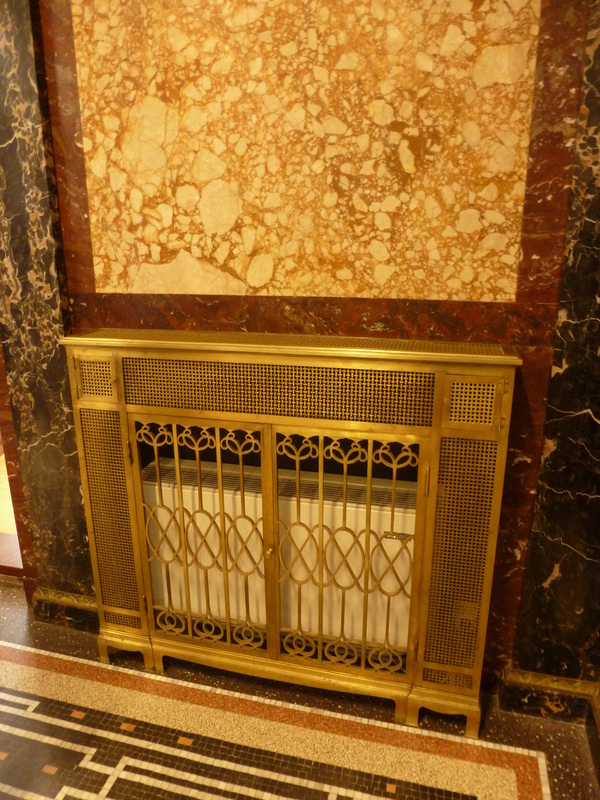
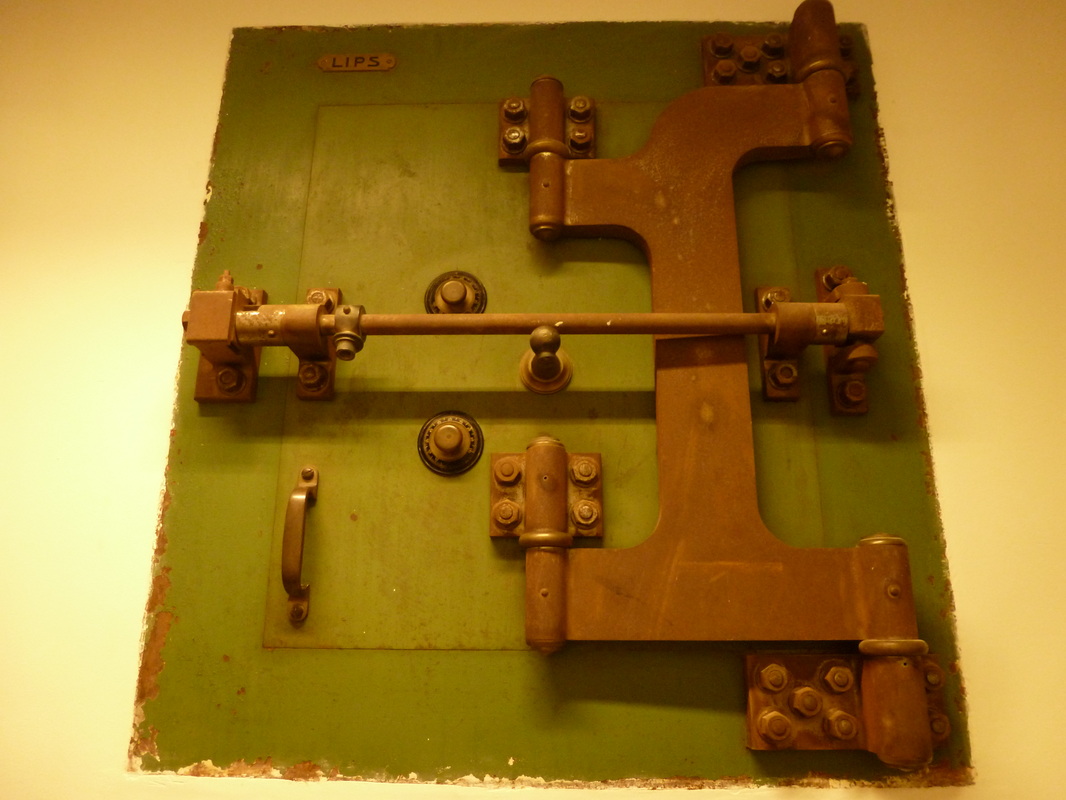
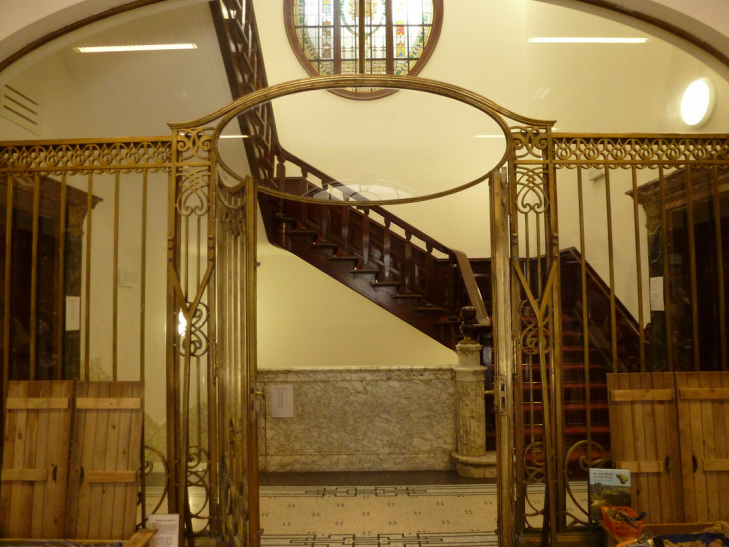
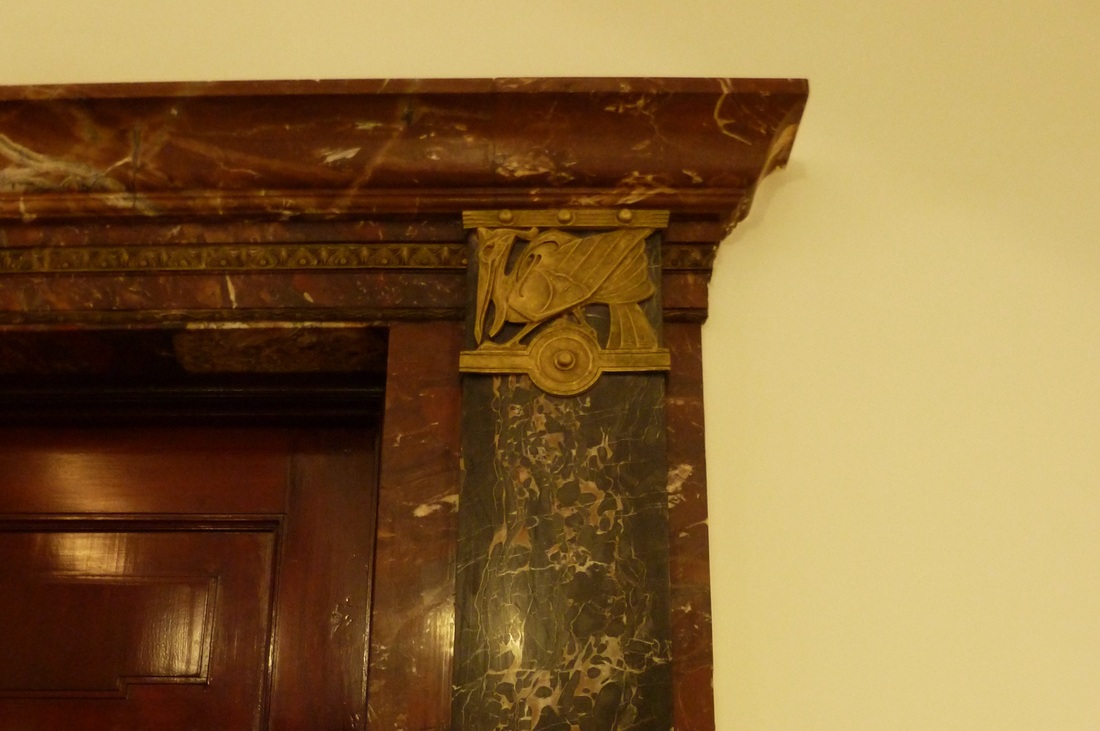
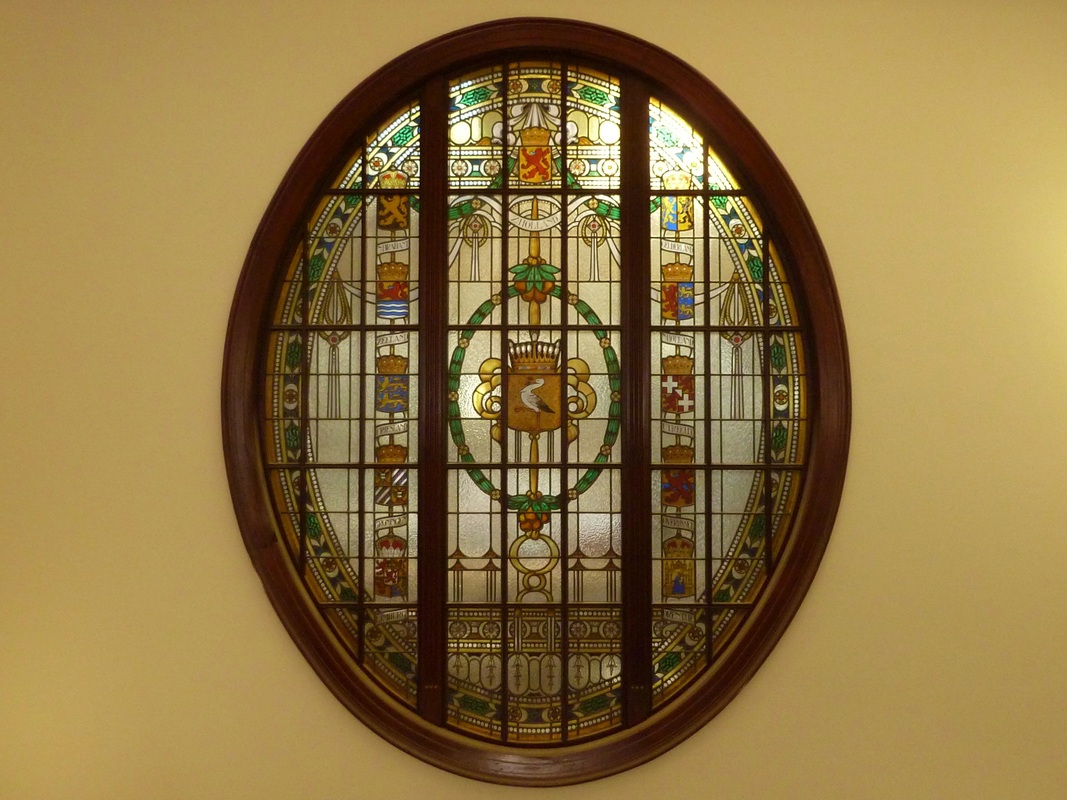
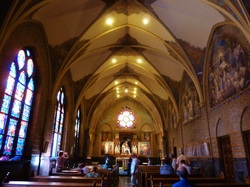
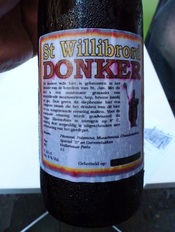
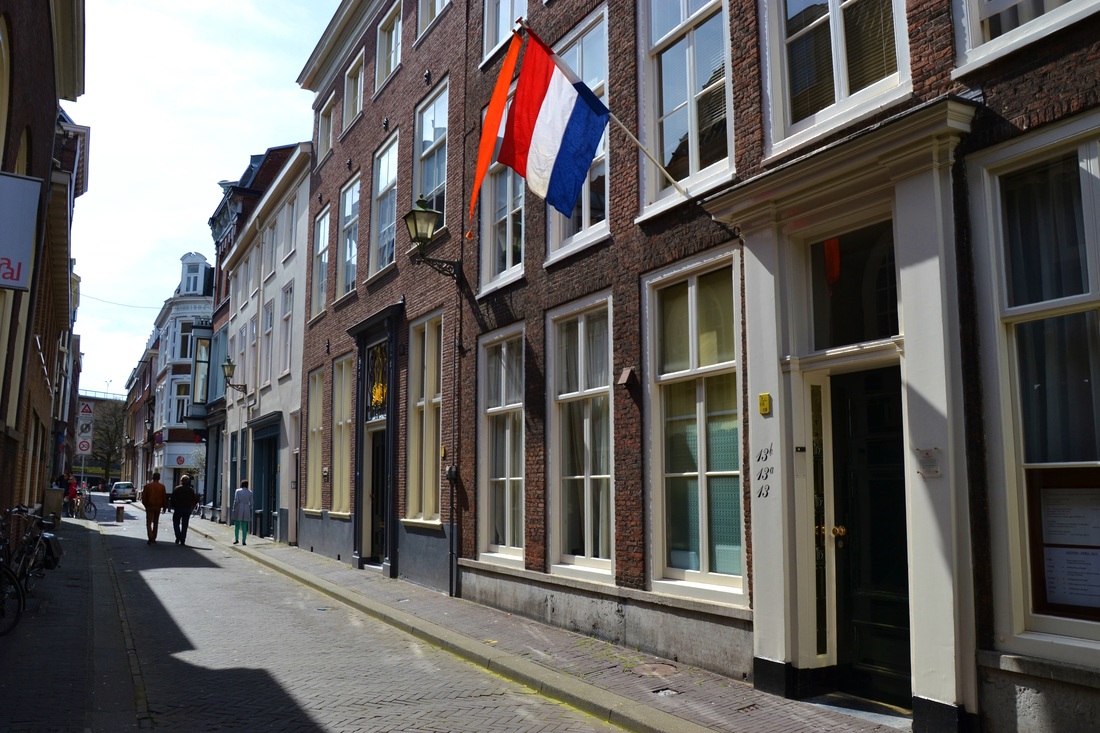
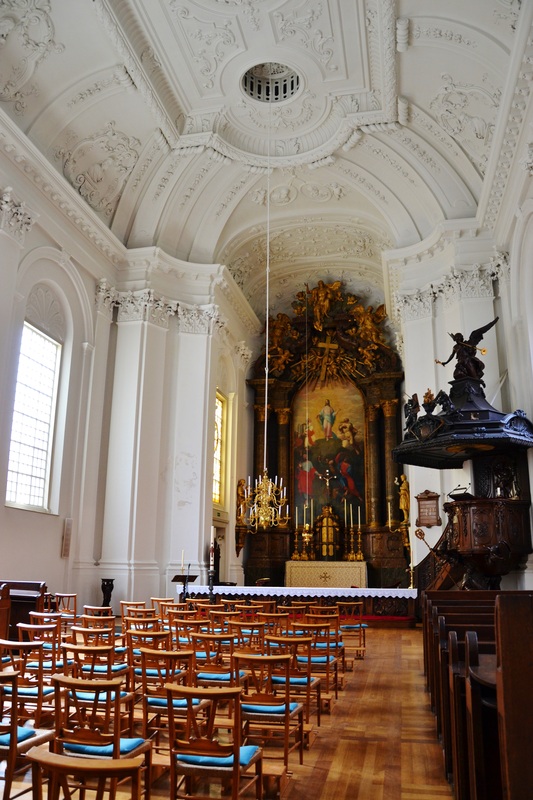
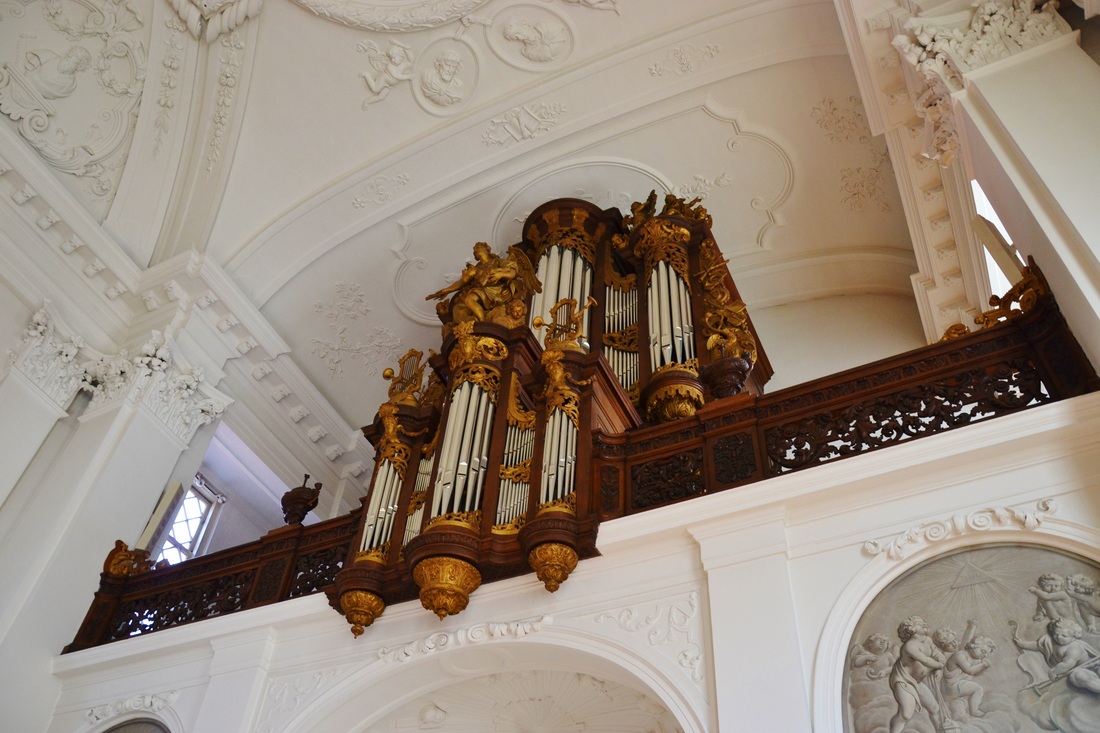
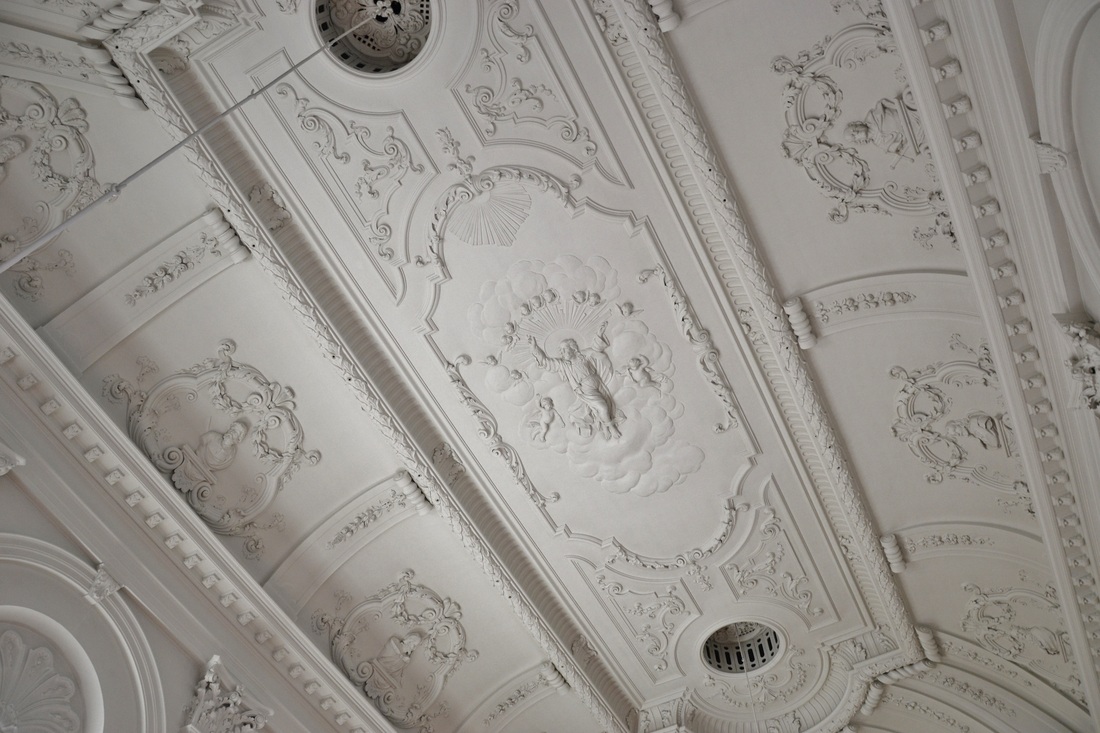
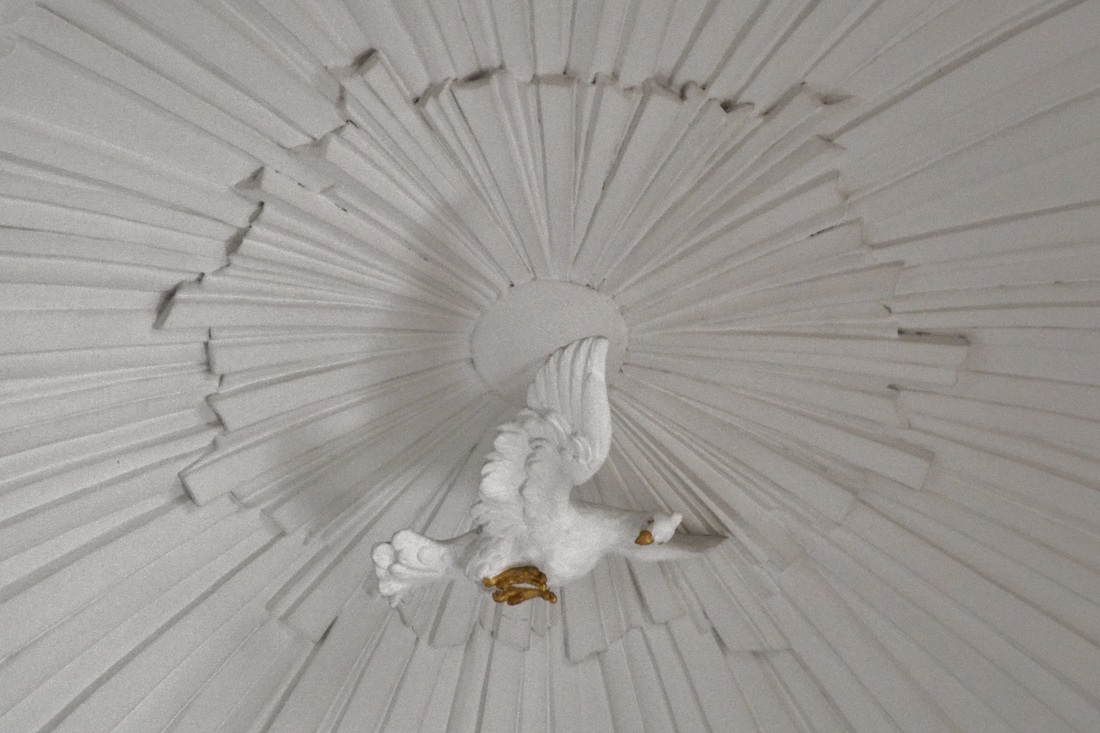
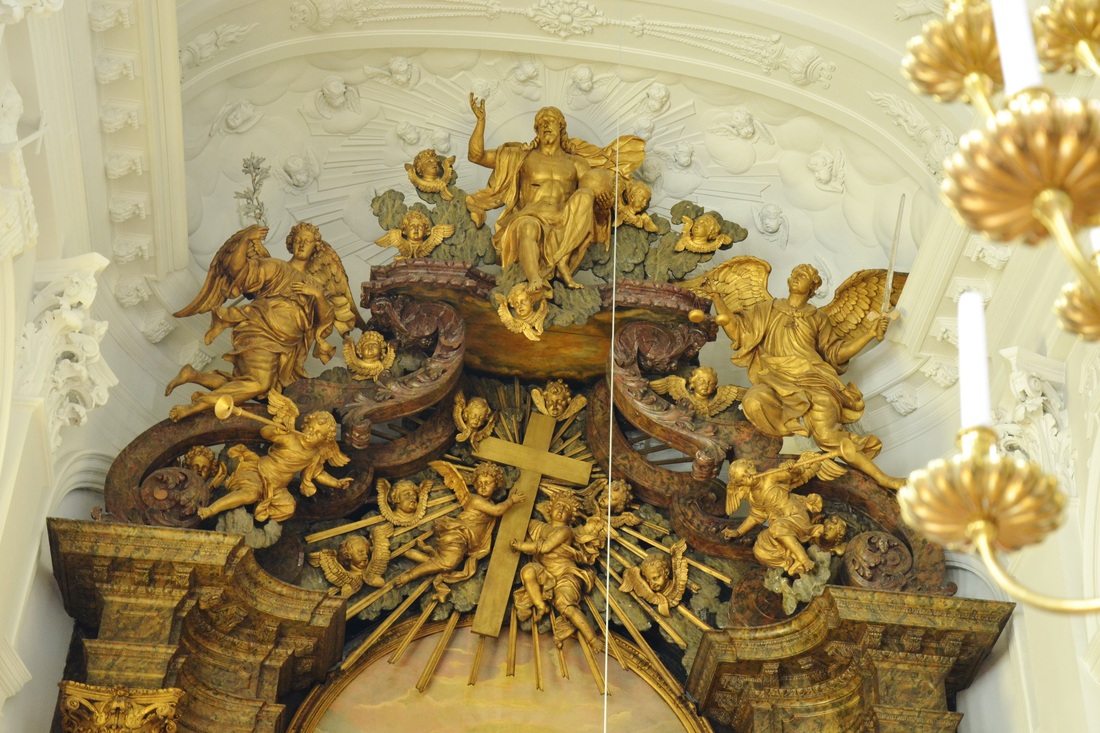
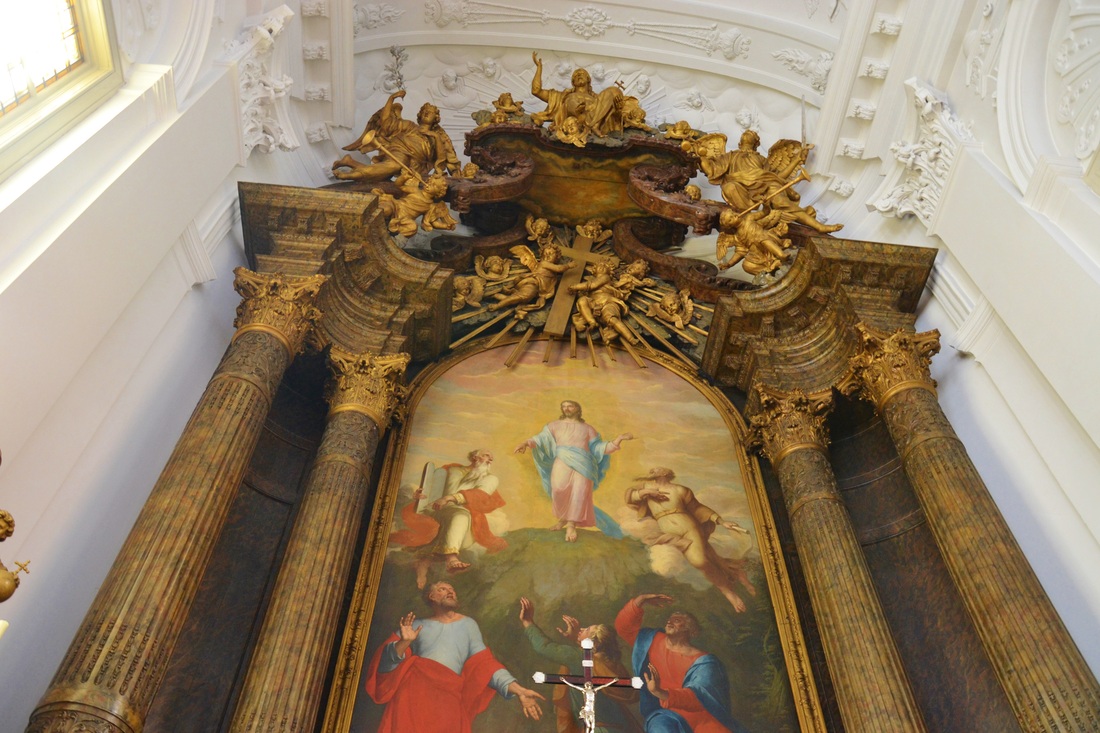
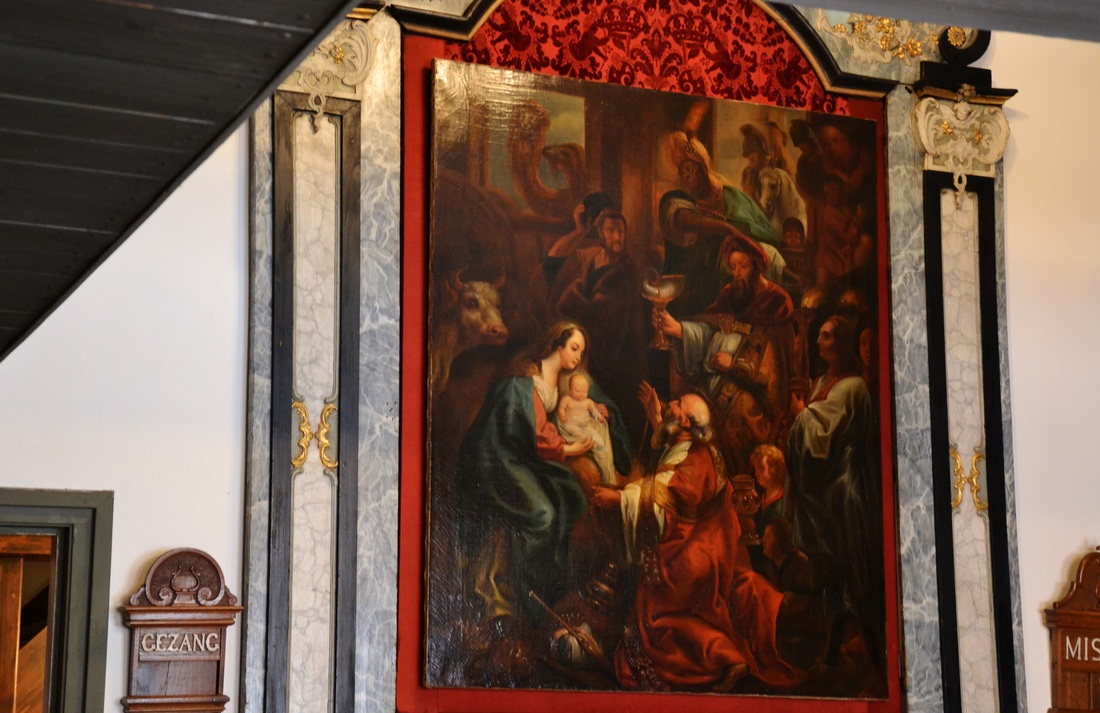
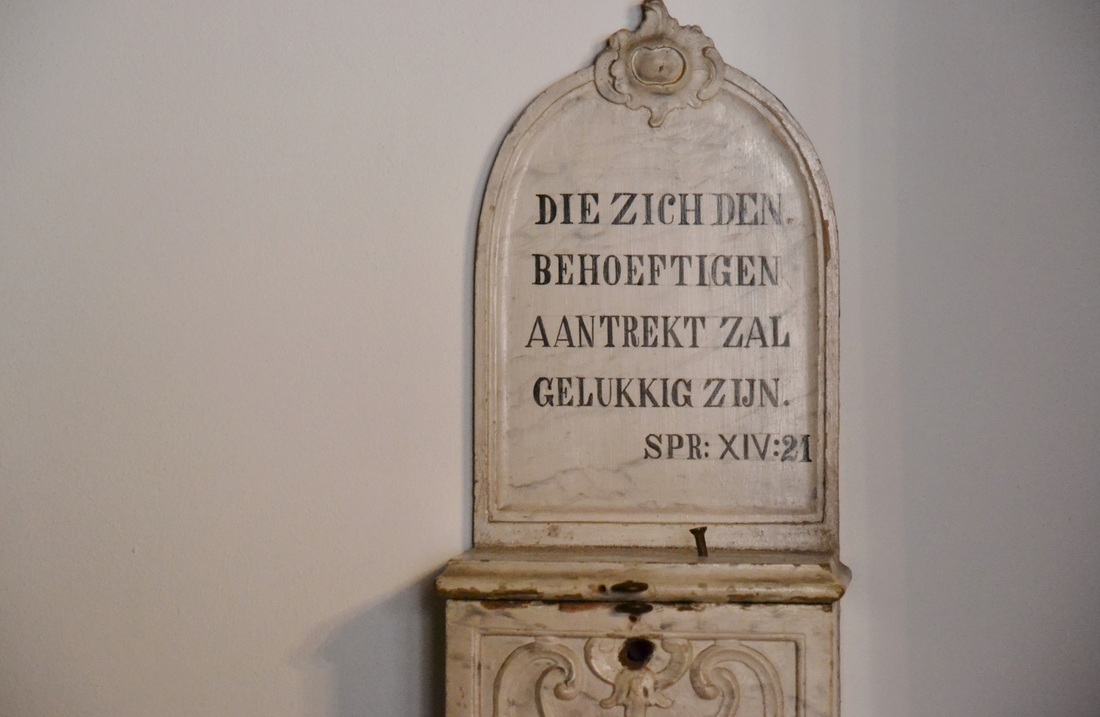
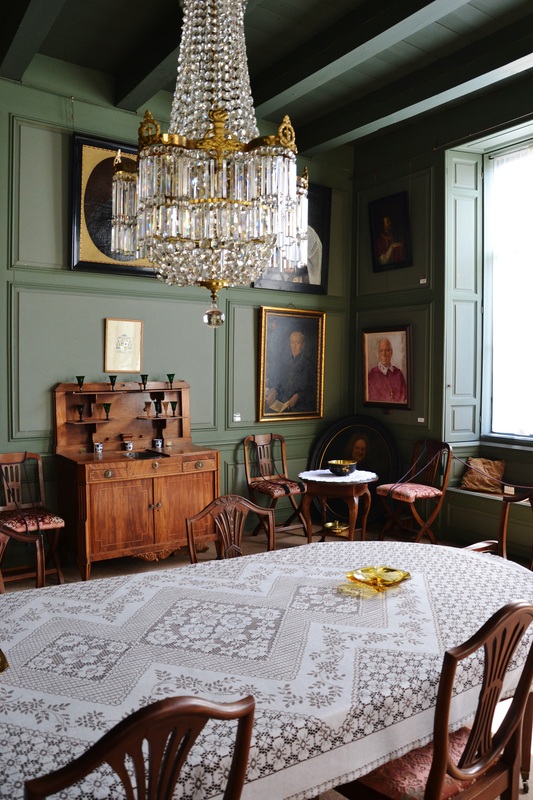
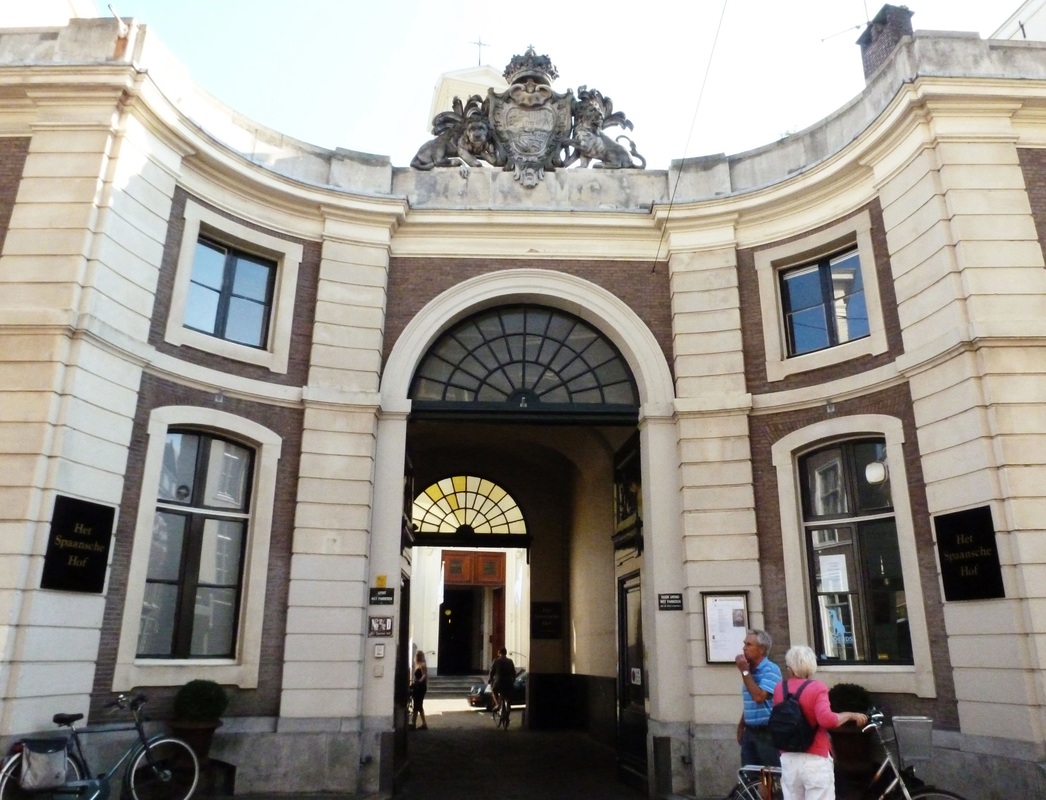
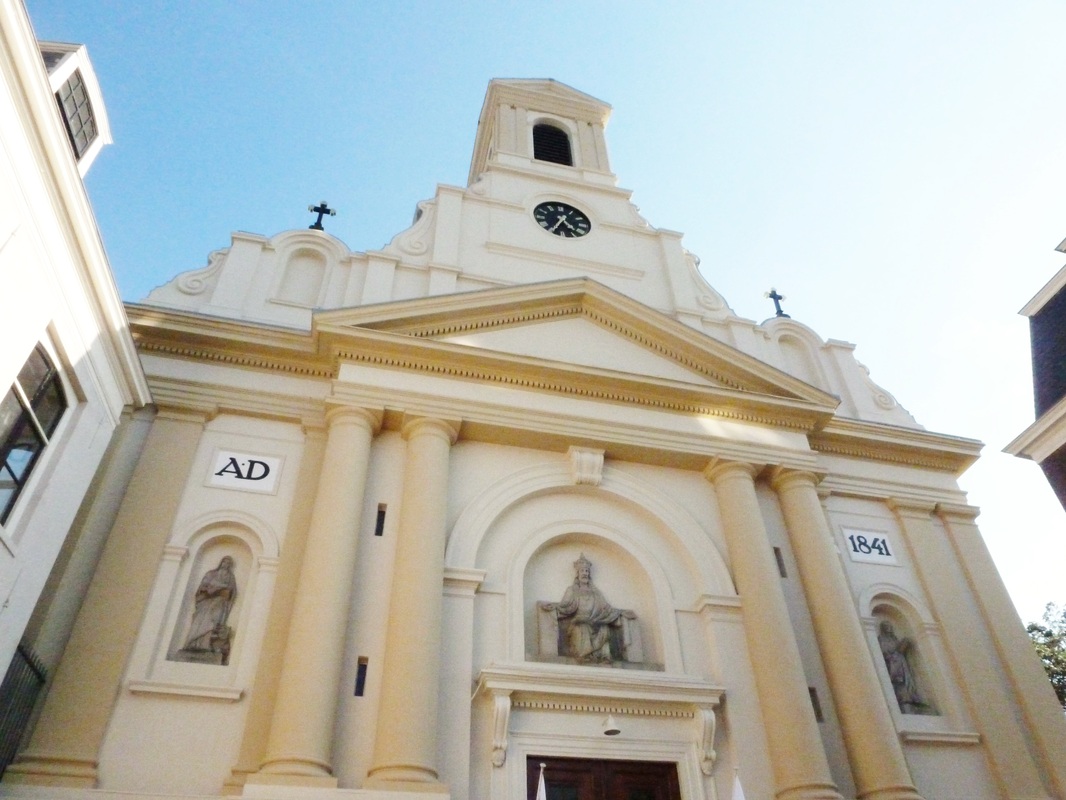
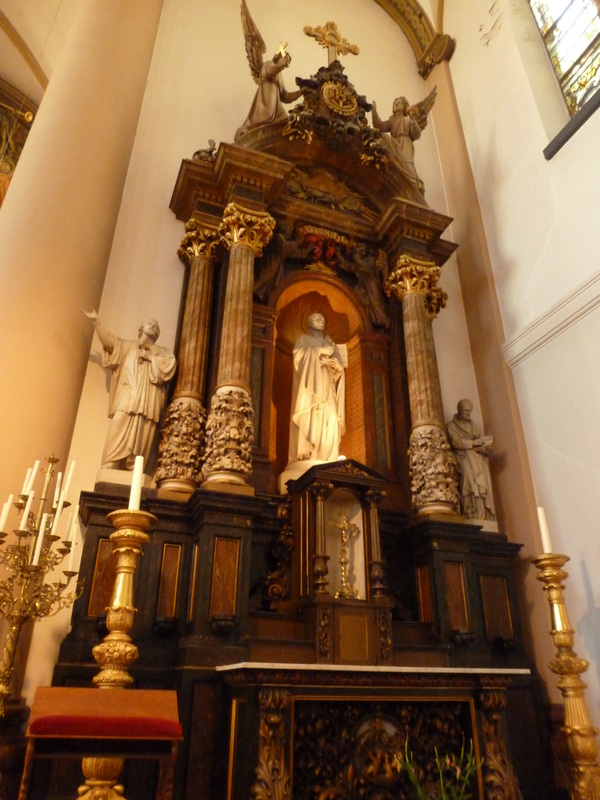
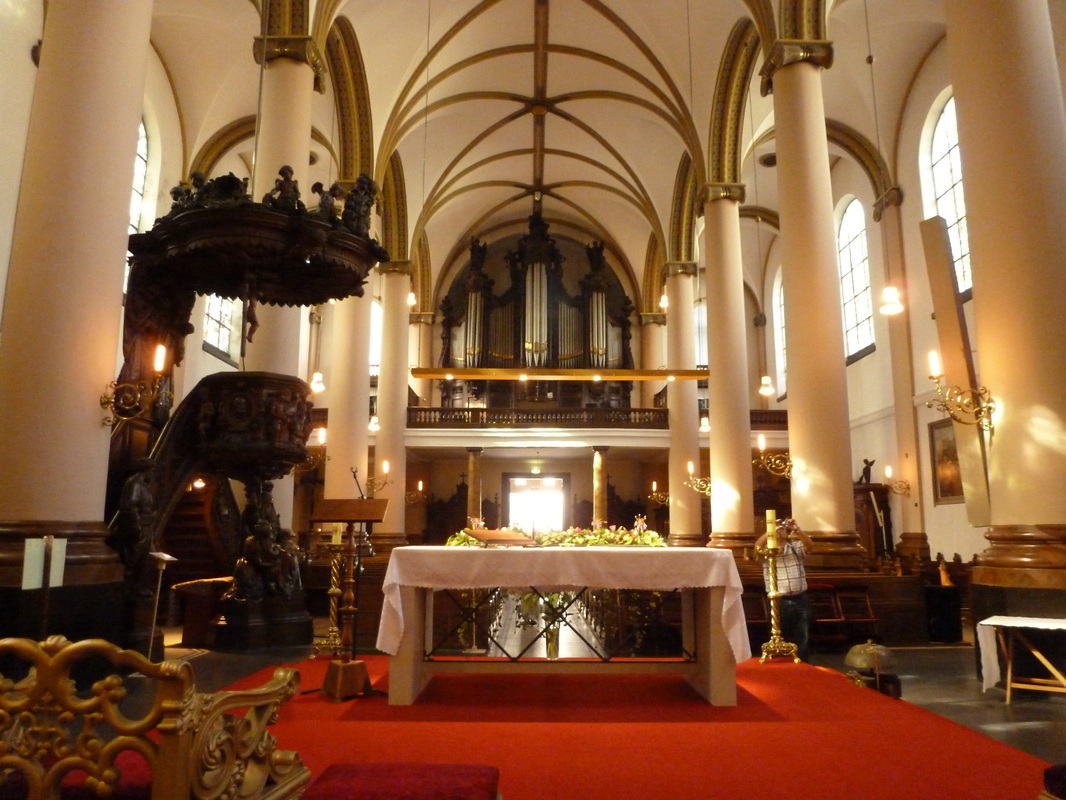
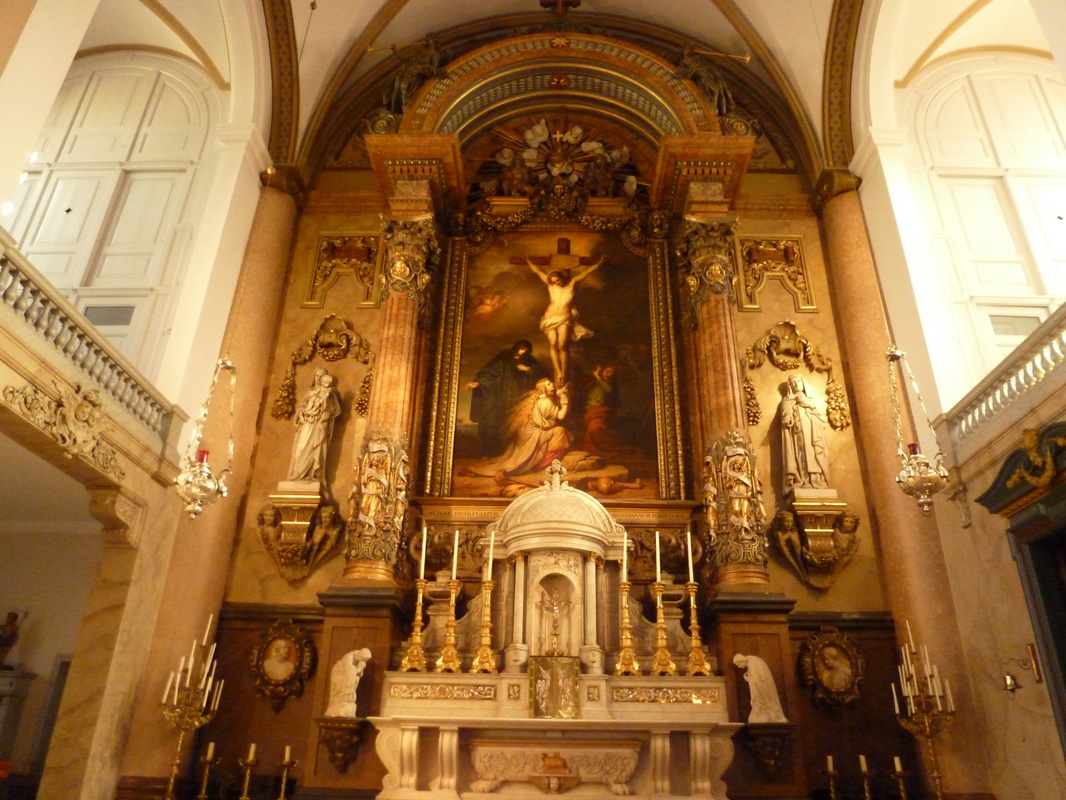
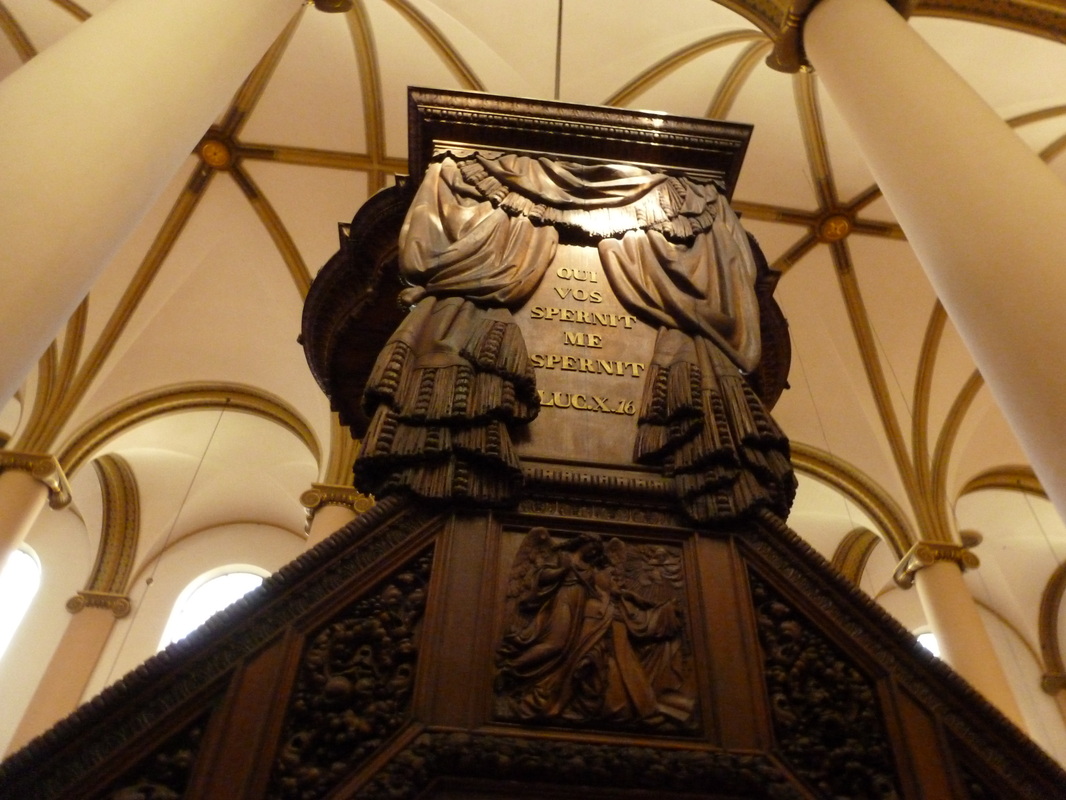

 RSS Feed
RSS Feed